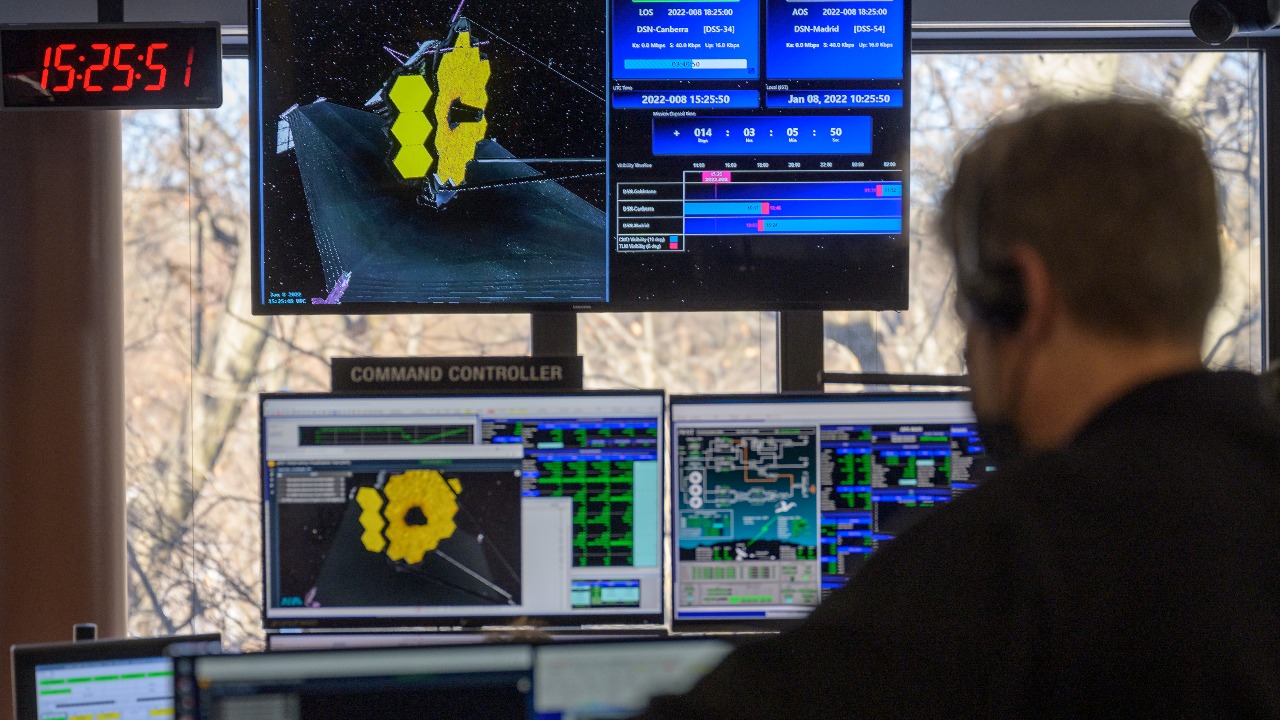
Uranus, the seventh planet from the Sun, is often noted for its unusual tilt and icy composition. However, a lesser-known but intriguing fact about Uranus is the peculiar odor of its atmosphere, which has been likened to the smell of rotten eggs. Understanding why Uranus smells this way offers insights into the planet’s composition and how it compares to other celestial bodies, potentially revealing its capacity to support life in extreme environments.
The Composition of Uranus’s Atmosphere

Uranus’s atmosphere is predominantly made up of hydrogen, helium, and methane, with the latter being responsible for the planet’s characteristic blue-green color. These gases combine to form a thick, hazy atmosphere that hides the planet’s core and deeper layers. Interestingly, the presence of hydrogen sulfide, a gas known for its foul odor, is significant in the upper atmosphere of Uranus. This is the same compound that gives rotten eggs their distinctive smell, making Uranus’s atmosphere a subject of both scientific interest and public amusement.
Comparing Uranus’s atmospheric composition to that of other gas giants like Jupiter and Saturn reveals some fascinating differences. While Jupiter and Saturn have clouds rich in ammonia, Uranus and its neighbor Neptune contain higher concentrations of hydrogen sulfide. This distinction provides clues about the formation and evolution of these distant planets. The presence of hydrogen sulfide in Uranus’s atmosphere suggests that the planet formed in a region of the solar nebula where this compound was more abundant, offering a window into the conditions of the early solar system.
The Role of Hydrogen Sulfide

Hydrogen sulfide is a toxic gas that carries a strong, unpleasant odor, often compared to rotten eggs or sewage. Despite its noxious reputation, it plays a critical role in understanding Uranus’s atmospheric dynamics. The discovery of hydrogen sulfide in Uranus’s atmosphere was made possible through spectroscopic analysis, a technique that allows scientists to identify the chemical composition of distant celestial bodies by analyzing the light they emit or absorb. The Voyager spacecraft, which flew by Uranus in 1986, provided the first hints of this compound’s presence, and subsequent observations have confirmed its abundance.
The presence of hydrogen sulfide has significant implications for atmospheric processes and weather patterns on Uranus. It suggests that the planet experiences dynamic atmospheric circulation, with gases rising and falling, mixing different layers. Understanding these processes is crucial for developing models of Uranus’s climate and weather, which can be quite extreme. The planet’s axial tilt causes its poles to experience 42 years of continuous sunlight followed by 42 years of darkness, leading to unique and complex meteorological phenomena.
Impacts on Potential Habitability and Astrobiology

The presence of hydrogen sulfide and other gases in Uranus’s atmosphere poses significant challenges for the potential development or survival of life as we know it. The planet’s harsh conditions, including its extreme cold and high-pressure atmosphere, make it an unlikely candidate for habitability. However, studying Uranus’s atmospheric composition can provide valuable insights into the astrobiological significance of similar environments elsewhere in the universe.
Hydrogen sulfide’s presence on Uranus presents an interesting parallel to other celestial bodies where similar gases are found, such as the icy moons of Jupiter and Saturn. These moons, like Europa and Enceladus, have subsurface oceans and are considered potential habitats for microbial life. Understanding how life could survive in such extreme conditions could inform future space exploration missions, guiding the search for life beyond Earth. By studying Uranus and its atmosphere, scientists can refine their models of habitability and better understand the potential for life in the universe.
Scientific Methods and Discoveries

The exploration of Uranus’s atmosphere has been made possible through a combination of space missions, telescopes, and advanced spectroscopic techniques. The Voyager spacecraft’s flyby in 1986 marked the first direct encounter with Uranus, providing invaluable data that has shaped our understanding of the planet. Since then, ground-based telescopes and space observatories have continued to study Uranus, using spectroscopy to detect and analyze the chemical compositions of its atmosphere.
Scientific advancements have allowed researchers to probe deeper into the mysteries of Uranus, revealing new details about its composition and dynamics. Interdisciplinary research, combining astronomy, chemistry, and astrobiology, has been crucial in interpreting these findings. By bringing together experts from different fields, scientists can develop a more comprehensive understanding of Uranus and its unique characteristics, paving the way for future discoveries and exploration.
Public Perception and Cultural Implications

The discovery of Uranus’s smell has captured the public’s imagination, leading to a mix of humor and intrigue. The idea that a planet could smell like rotten eggs has been widely discussed in media and popular culture, sparking interest in the science behind the phenomenon. This playful yet informative aspect of Uranus’s atmosphere has encouraged people to engage with space science and astronomy, fostering a greater appreciation for the wonders of our solar system.
Such findings have broader implications for public awareness and education regarding space exploration and planetary science. By making complex scientific concepts accessible and relatable, discoveries like Uranus’s odor can inspire the next generation of scientists and explorers. The public’s fascination with space and the desire to understand the universe’s mysteries can drive support for future missions and research, ensuring that the exploration of planets like Uranus continues to be a priority for the scientific community.